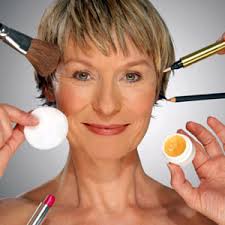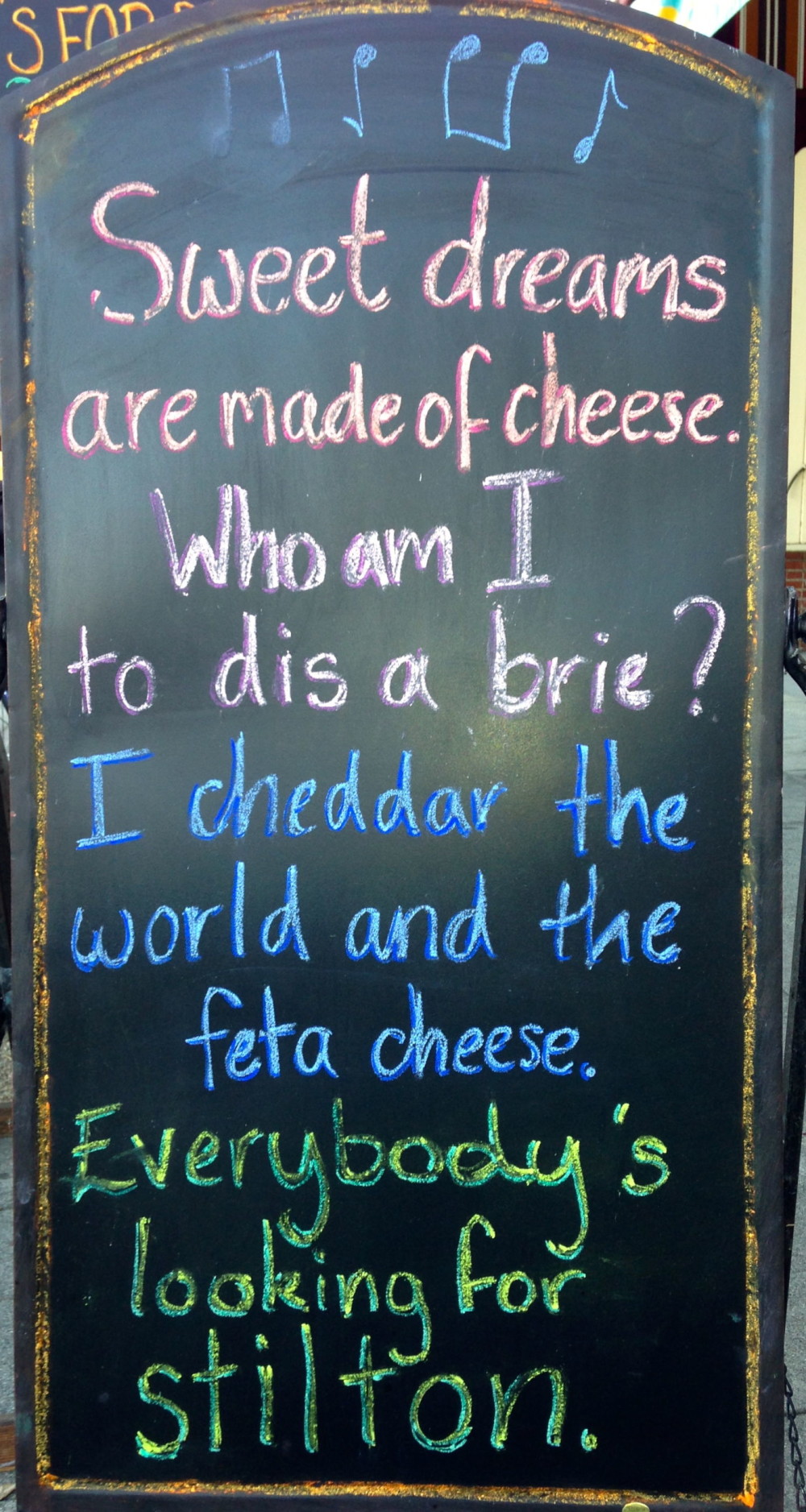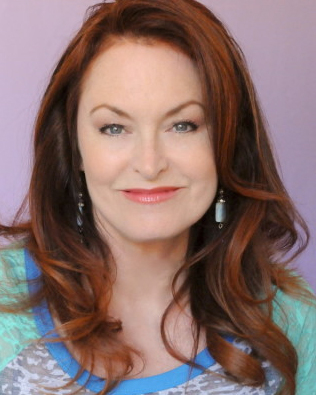After decades of gobbling up every kind of sci-fi movie about the future, in my world perspective, the future is now! What may feel normal to millennials is still astounding and amazing to my generation of watching the Jetsons, and visiting the New York World’s Fair in 1964-5. Growing up at that time in New York most baby boomers may remember visiting the Pepsi-sponsored UNICEF pavilion to experience Tomorrowland. (It’s a Small World which ended up as permanent exhibit at Disneyland in California)
Tomorrowland was my favorite part of the fair! In fact, the General Motors moving ride exhibit, Futurama, made such an impression upon my preteen mind that it planted the seed for my future move to California. With super highways, vast expanses of living the good life, like dancing the boogaloo, bikini clad on the beach in winter, were beckoning to me.
“It remains a touchstone for New York-area Baby Boomers, who visited the optimistic fair as children before the turbulent years of the Vietnam War, cultural changes, and increasing struggles for civil rights.
When the new Disney feature, Tomorrowland, the movie, was released it was with great anticipation that the boomers rushed to the theaters to become re-invigorated with their great hopes for ‘going back to the future’.
“Somewhere along the way, in the past 30 years or so, this optimistic belief that the future was going to be better slowly gave way to the idea that the future was going to be lousy,” the “Tomorrowland” director, Brad Bird, said.
Yet certain aspects of the future which are here today, are amazing to my generation. We may not be living in the Tomorrowland as we all expected, but aspects of it are here now, like the advancements in technology.
With 51 million visitors rushing to experience a range of technological innovations and predictions during its run, we waited with anticipation to have them become commonplace. Yet fifty years later, some of those ideas have become part of our everyday lives (while others not).
Here were a few highlights that appeared in our lifetime, so far:
Personal use of the computer: Exhibits introduced this set up where visitors could ask computers for information and get responses in seconds. At the NCR pavilion, a computer would answer scientific questions or give out recipes from a cookbook.
Telephone modems and Touch-Tone phones: Although originally displayed at the Seattle World’s Fair in 1962, it was the first time for many visitors. While it was a mainstay for most in the near future, computers are now so far in advance, the touchtone phone is almost obsolete in our modern societies, with the introduction of the mobile phone. This was a mind-blowing technology in itself because it would break all the barriers and connect us together throughout the entire world. This was the beginning of what we have today in our DSL and CABLE connections to the Internet. The most exciting was the video phone which took a lot longer to become mainstream. The combo of computer and video has created an even smaller world!
Belgian Waffles: This was the first time even for sophisticated New Yorkers to get a taste of this ‘dessert for breakfast’ rich delicacy. I remember the powdered sugar and whipped cream on top!
Robotics: Walt Disney’s “It’s a Small World” exhibit introduced robotic animation in which characters sing, speak and make lifelike gestures such as smiles and blinks. We are enjoying this in movies, theme parks and events. Now holographic images are also produced.
Electricity: The General Electric Pavillion” In a one-hour show, the changes electricity has brought in American living are dramatized by life-sized, animated figures created by Walt Disney. Spanning the past into the future of electrical energy, from gas lamps to nuclear fusion, this was an exciting show. It was especially impressive to see the all-electric community of exhibits displays the latest innovations for the home, public buildings, industry and space exploration. Now we are in a new age of alternative uses of energy, such as solar.
In fact, the event inspired a now-famous New York Times editorial written by legendary science writer Isaac Asimov, in which he offered his predictions for what the world would be like in 2014 ‘fifty years later’– and he did so with incredible accuracy.
A few of his visionary insights were:
Gadgetry will continue to relieve mankind of tedious jobs.
Kitchen units will be devised that will prepare “automeals,” heating water and converting it to coffee; toasting bread; frying, poaching or scrambling eggs, grilling bacon, and so on.
The appliances of 2014 will have no electric cords, of course, for they will be powered by long-lived batteries running on radioisotopes.
Communications will become sight-sound and you will see as well as hear the person you telephone.
The “animatronic” exhibit and three others, including one featuring a robotic President Abraham Lincoln, showed characters moving in lifelike ways, including smiling and blinking.
“This is the first time that millions of people had the opportunity to see something that could be described as robotic. The special effects you could see in the World’s Fair blew away what you could see in the movies,” said Joseph Tirella, author of Tomorrow-land: The 1964-65 World’s Fair And the Transformation of America.
Aside from the highlighted new inventions, including color TVs and shiny Ford Mustang, many other advancements have occurred that are beyond our wildest dreams.
From Animatronics to Robotic Surgery: Introduction of robotic surgery in the first decade of the 21 century was one of the biggest breakthroughs in surgery since the introduction of anesthesia. For the first time in history the surgeon was placed remotely from the patient and was able to operate with the device that has more degrees of freedom than human hand. Initially developed for the US Military in order to allow surgeons to be removed from the battlefield, surgical robots quickly made a leap to the mainstream medicine.
Medical Procedures: The first wave of demonstrations on how the future of science and technology was envisioned were introduced to the masses via the fair. The wave of super tech procedures are now a mainstay. With so many breakthroughs, it seems as if everyday another cutting edge device or procedure is presented.
There is now a quantum leap in technology with the onslaught of robotics into the world of medical procedures, such as The Robotic Hysterectomy, as a viable alternative.
While robotic technology has been around for several years to treat prostate issues in men, many women are now choosing laparoscopic surgery for their hysterectomy procedure. For any woman undergoing this type of surgery, it is certainly a touchy subject, and most have to go through all kinds of emotional issues as well as the physical consequences. However, with this option, the benefits seem to be more optimal, such as smaller incisions, less pain and hospital stays, easier recovery and reduced risks.
One expert in hysterectomy procedures, Dr. David Ghozland, located in Santa Monica, California, offers this minimally invasive procedure.
Some of the procedures include: Supracervical, or partial, hysterectomy where Dr. Ghozland removes the upper part of the uterus; cervix remains. Or a total hysterectomy is performed where uterus, cervix, ovaries (one or both) and fallopian tubes are removed.
“There’s no question the single-site robotic-assisted hysterectomy is easier on patients,” he says.
Dr. Ghozland’s goal is to help patients feel comfortable and confident that they are getting the highest level of care.While other inventions haven’t reached our daily lives yet, and none of us are racing around with Jet packs: There were demonstrations of jet pack power at the fair, with men wearing them and zooming around the grounds. So far they remain a mode of transport found mainly on You Tube extreme sports or in James Bond movies.
Still dreaming of the future tomorrow, it is my hope that someday in my lifetime we will have more minimally invasive medical procedures with the latest technology to reverse the signs of aging, (both internally and externally) and restore ourselves back to our peak performance at forty!
Marjorie Hope Rothstein is a boomer consumer expert and spa trends specialist focused on the art of living well, from Interior Design to LifeStylist. As a fine living connoisseur, her passion is wellness travel, visiting healing retreats, spas and discovering leading edge beauty breakthroughs. She has her finger on the pulse of new aging breakthroughs, including vibrant health and radiant beauty. She believes that the real health care of the future will be preventative self-care. The future is now! The first step is knowledge and learning about the keys to a healthy lifestyle. As a longevity lifestyle consultant, she has researched the field of health and wellness and discovered Simply Young, a company committed to Evidence Based Longevity Products that Support Youth From the Inside Out!
www.marjorie.simplyyoung.com,





 Hi I’m Catherine, founder of Wine Women And Chocolate. Want to become a contributor for Wine, Women & Chocolate? Interested in sharing your unique perspective to a group of supportive, like-minded women?
Hi I’m Catherine, founder of Wine Women And Chocolate. Want to become a contributor for Wine, Women & Chocolate? Interested in sharing your unique perspective to a group of supportive, like-minded women?